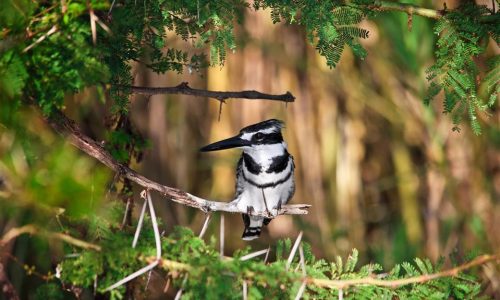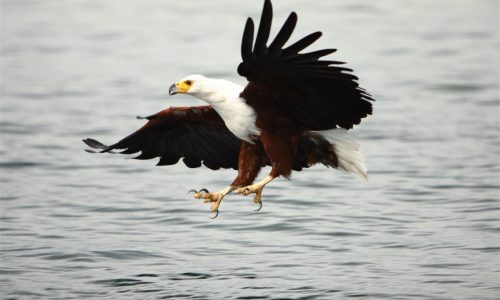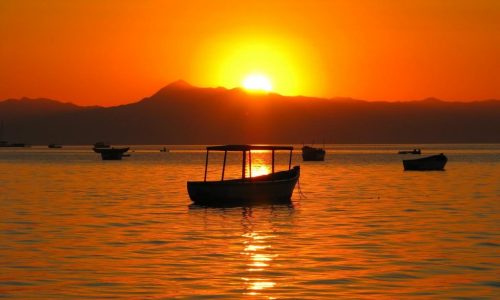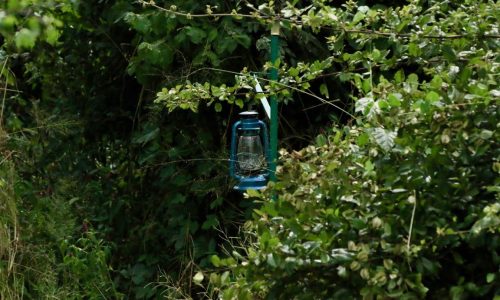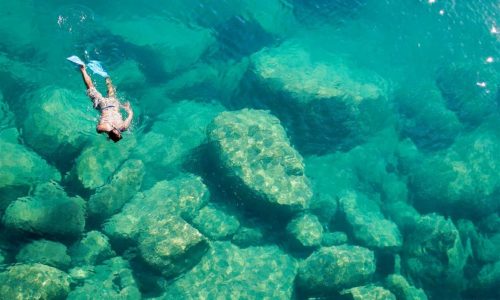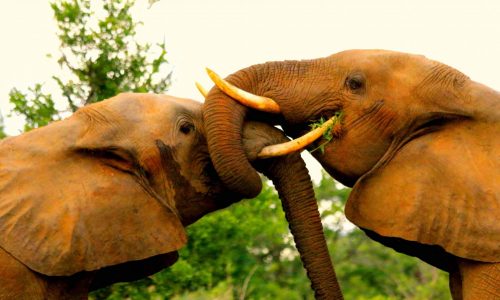Malawi
Discovering hidden gems in the warm heart of Africa
Why visit Malawi? Known as the "Lake of Stars" the country is bordered by Tanzania and Zambia in the north, Mozambique in the south.
Explore the shore’s of Lake Malawi, her wildlife game reserves and national parks.
Traveling in Africa offers a unique opportunity for adventurous divers to explore the diverse freshwater fish species in the region’s lakes. In particular, Lake Nanchengwe is home to large hippo pods that can surprise visitors with their sudden appearances.
Additionally, travelers can immerse themselves in local traditions such as basketry, pottery, oil paintings, and wood carvings. One of the most popular carvings is the Fisherman, which is delicately crafted by skilled local artisans.
Malawi | When to Travel
With the country’s varying altitudes, Malawi has a wide range of climate temperatures. In winter months the days are cool and dry, while summer brings hot and humid days.
The seasons are generally divided into two being green and dry.
Although Malawi does have a transition season for the month of April and into the beginning of May.
In dry season normally camouflaged, predators are easier to sight, making game viewing and photography spectacular. The months of October and the first half of November, temperatures rise awaiting the anticipated summer rains. Rugged escarpments and mountains in the north, start to gradually plateau out towards the centre of the country. Scenic highlands continue their way down into distinct low lying areas of the south.
December to March green season is primarily when Malawi receives most of is rainfall. High altitude areas will receive more than its southern counterparts. While the rains bring a touch of green, wildlife will start to bear their young.
April the rains have begun to ease with green grassy wildlife areas starting to dry out and dwindle. In the higher areas and the southern parts of Malawi night time temperatures have started to fall. May to November the dry season is now in full swing, the best time for wildlife experiences begins. Concentrations of wildlife surround waterholes as the vegetation is now sparse with increasingly clear days.
Region Focus
Undeniably stunning beaches make way for a clear blue water, dramatic and unspoilt landscapes. Featuring in the northern part of the country and to Malawi’s UNESCO site Cape Maclear in the south. Dynamic beauty is what springs to mind of Malawi, but for each of the regions there is a very different aspect on offer. Remote fishing villages in the north of the country are only accessible by boat.
Livingstonia includes history dating back to 1894 with the Old Stone house and museum. On the eastern side of the Lake is the remote Likoma Island located in Mozambique waters. Moreover Malawi has proudly retained this piece of paradise after World War II. Diving the pristine waters is a must with fascinating rock formations, and over 1000 freshwater fish species.
Chongoni Rock art in central Malawi is another UNESCO world heritage site, formed in ancient times by local tribes. In Dedza, local craftsman hand make a variety of pottery pieces and are exported all over the world. Majete Wildlife Reserve, once heavily depleted. Also now a prominent wildlife destination, rehabilitated with lion and endangered black rhino.
Golden sands on an inland sea Lake Malawi.
Dr Livingstone first set eyes on Lake Malawi over 150 years ago, the vast freshwater lake stretches as far north as to the south. Lying in the Great Rift Valley the lake has a variety of natural beauty with its selection of golden beaches and steep escarpments. The lake stretches for 580 kilometres in length and a popular destination. Tourists can be seen doing a variety of activities such as snorkelling, diving, sailing and waterskiing. Totalling over 1000 freshwater species in the lake, majority of these being endemic. Divers are spoilt with a diverse range of brightly coloured fish.
Avid birders can experience a large variety of birdlife. Such as livingstone flycatcher, red-wing francolin, lillian’s lovebird, fish eagle, kingfishers and pelicans. For flower lovers, there’s over 400 orchid species and everlasting flowers, proteas, aloes and gladioli with reed beds and waterlilies in the lower shire lagoons.
Away from the lake, there are a few safari options to choose from. Featuring Malawi’s most popular wildlife areas and parks. If you have a love for food then why not try some of the local specialties. Including Tilapia fresh from the lake, banana bread, a white maize served with vegetables, fish or meat, as well as a variety of tropical fruits.
Conservation, contrasting landscape’s and quite a few hippos Liwonde National Park.
Of contrast and one of Malawi’s oldest national parks, Liwonde, an area not to be missed. Conservation by African Parks and the emerging rehabilitated Majete National Park, showcases the effort in protecting our most endangered species.
Situated on the eastern bank of the Shire River the Liwonde National Park is Malawi’s most sort after destination and rightly so.
Liwonde is home to two breeding groups of endangered black rhino and protects the largest elephant population found in the country.
The park also has a large concentration of buffalo, zebra and sable. The Shire River alone has one of the highest density and concentration of hippo in Africa. Liwonde is considerably smaller than most of its counterparts, covering an area of only 550 square metres. Venturing out on a boat safari or by foot, makes this park really impressive with the amount of wildlife in its care.
One of our recommended places to stay is Chimwala Park, with only four Meru style tents it is definitely for getting away from it all. Run by conservation group African Parks. Spend time immersing yourself back into nature, and if you do need comms then you might have to disconnect for a few days. As there is no Wi-Fi or internet connection here. Simply take a deep breath and enjoy what Liwonde has to offer.
Majete Wildlife Reserve is the most rejuvenated wildlife reserve and located in southern area of Malawi.
Making such a remarkable wildlife recovery with the help of African Parks. This privately owned organisation is re-establishing natural eco-systems within the area, re-introducing over 2500 animals and covering a variety of 12 different species. As the only Big 5 game reserve in Malawi. Scenery and riverine forests are impressive. Home to a large number of hippos, lion, elephant and leopard.
In an effort to save one of Malawi’s orphaned areas from distinction, the reserve is well on the road to becoming one of Malawi’s most prominent wildlife destinations. Definitely a destination to keep in mind for the future.
For more information on a visit to Malawi feel free to give us a call or alternatively pop us an email!
Select another destination below
Want to chat about your next African safari holiday?
Our trip planners are destination specialists and here to help you every step of the way.

